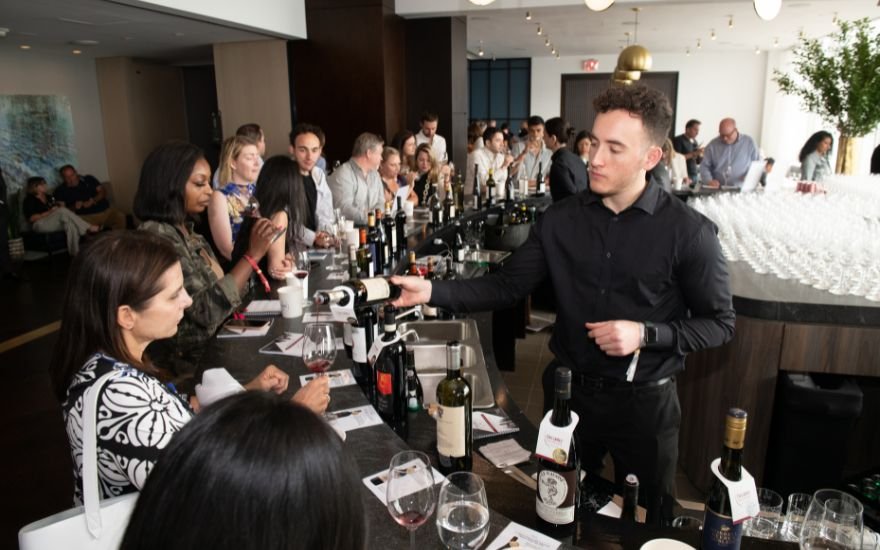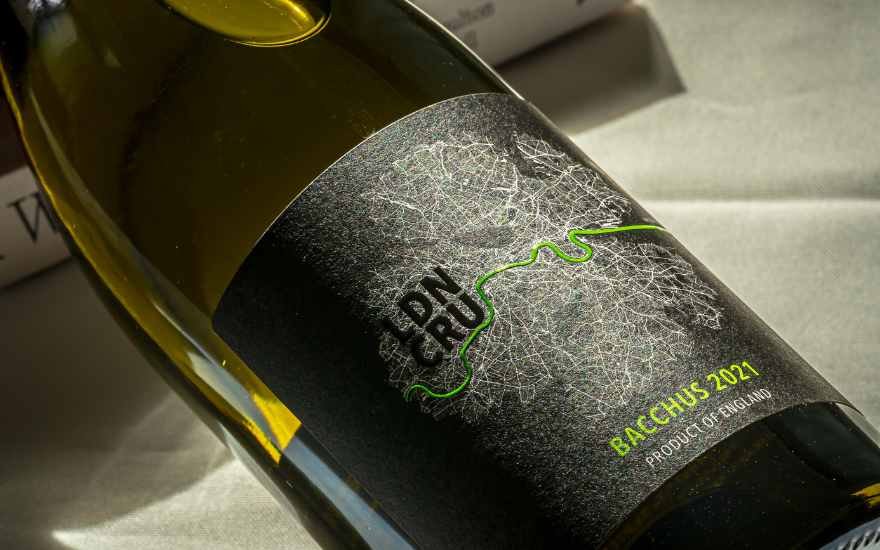Wine lovers, we have some exciting news to share! On Saturday June 8th, Decanter Fine Wine Encounter NYC is returning for its third consecutive year.
What is the Decanter Fine Wine Encounter?
In a nutshell, it is an impressive all day Grand Tasting in which 50 esteemed producers from around the world will present four exceptional wines from their collections. From Europe to South America, Australia to the USA there are an abundance of elegant and innovative wines waiting to be tried. That’s not all though, as whether it be a rare vintage, top cuvée, magnum or more, each producer will also be unveiling a special treat from their cellar providing a rare opportunity to enjoy some exceptional vintages. We’ve had a sneaky peek at the list and can confirm you are in for a big treat, but don’t only take our word for it, check it out here!
The Decanter World Wine Awards Winners’ Bar will also be open to Grand Ticket Holders. Featuring Gold, Platinum and Best in Show wines scoring 95 points and above in the Decanter World Wine Awards 2023, it is an excellent opportunity to sample even more of the top quality that is available in the wine world. You can see which award-winning bottles will be available this year here!
What happens at Decanter Fine Wine Encounter?
Aside from being able to sample wine from some of the world’s finest producers, Decanter Fine Wine Encounter also offers the chance to participate in exclusive masterclasses from Château Haut-Brion, Peter Michael Winery, M. Chapoutier and Marqués de Murrieta.
Where is the Decanter Fine Wine Encounter?
You can find Decanter Fine Wine Encounter at the Manhatta on Liberty Street, right in the heart of New York’s financial district. Doors open at 11am and close at 5pm.
If you want to enjoy some incredible wine whilst meeting the people behind your favourite bottles, get your hands on a ticket here and don’t forget to enter unique discount code DRINKLUSIVE24 at the checkout for 20% off. Happy sipping!



















